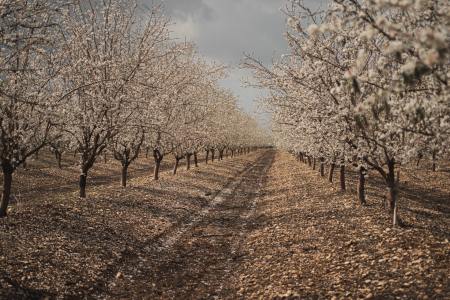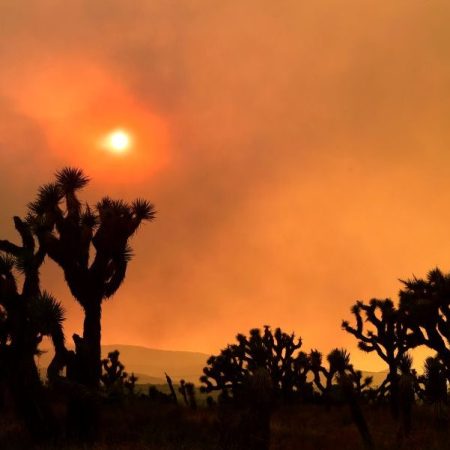In 1904, American chestnut trees began to be affected by a blight that forever changed the nation’s arboreal landscape. Regions of the country that were once dense with chestnut trees went on to have a heavily reduced population. This isn’t to say that scientists haven’t been looking into reviving the species — but that’s proven more difficult than expected, owing in part to a research error that’s set the process back significantly.
Since that issue first came to light, the conflict that it sparked in the scientific community has remained active. In a new investigation for New York, Kate Morgan wrote about the process to develop a blight-resistent version of the American chestnut — and the controversies that have arisen along the way.
As Morgan explained, the controversy surrounds Darling 58, a genetically-modified American chestnut that showed considerable promise in resisting the blight that had first decimated the U.S.’s population of chestnuts. Due to an issue with misplaced pollen, the variety of tree that had been used was actually a different variety, known as Darling 54. Or, as Morgan wrote, “[f]unctionally, Darling 58, the tree touted as the great hope of the chestnut and the next frontier in species restoration, did not exist.”
To say that this has led to some controversy within the scientific community would be something of an understatement. The College of Environmental Science and Forestry at the State University of New York (also known as ESF), where researchers worked on Darling 48, is currently at odds with the nonprofit American Chestnut Society. Will Pitt, the latter’s president and CEO, was blunt when he spoke about ESF’s lack of communication with them over the different tree varieties.
“As a nonprofit organization, we can’t hide things from our members or the public,” Pitt told New York. “If we wouldn’t have brought this out, we would be complicit with a cover-up.”
How Do Scientists Prepare Trees For Climate Change?
It involves something known as the “torture orchard”According to Morgan’s reporting, ESF is continuing with its research to see how viable Darling 54 is as a solution to the problem it was intended to fix. Perhaps, a few decades from now, we’ll see American chestnuts in their prime return to the nation’s green spaces — or perhaps the effort to do just that encountered a game-changing setback a decade ago.
This article appeared in an InsideHook newsletter. Sign up for free to get more on travel, wellness, style, drinking, and culture.



















